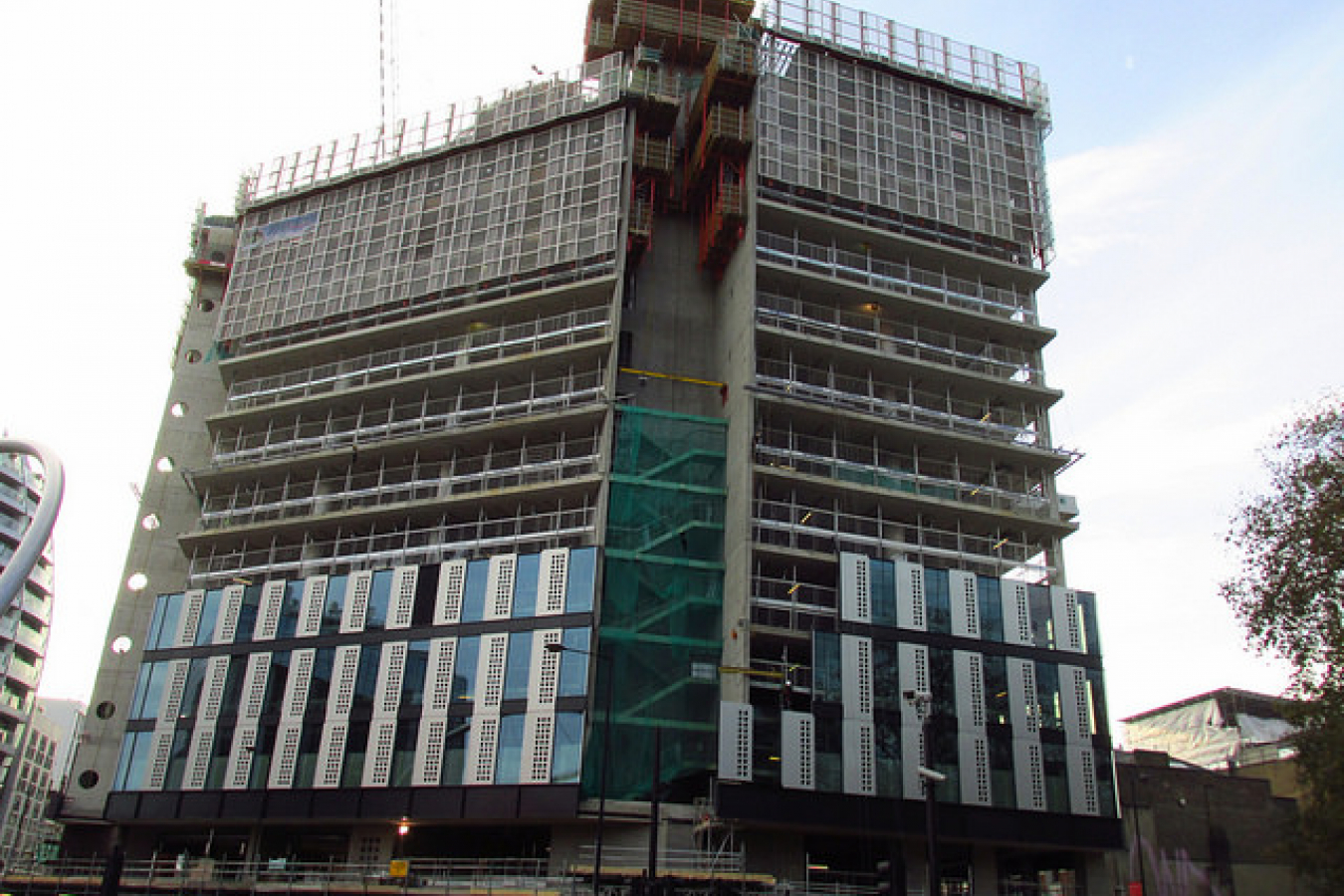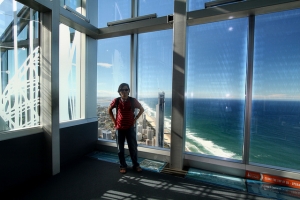Support migrant centric journalism today and donate

 • Media Center » Video Immigration News
• Media Center » Video Immigration News
The rapidly expanding economy of Western Australia continues to cause skills shortages in the area, which in turn, is driving up the demand for labor from overseas.
According to the Australian Bureau of Statistics (ABS), the demand for temporary immigration of skilled workers has increased in the last ten years. Between 1996-2005, inward short-term employment travel grew by 17 percent each year.
ABS stated the rise in employment arrivals was consistent with research conducted by the Parliamentary Library of Australia, which found that the number of Australian temporary 457 visas issued from 2004-05 to 2005-06 increased by 44 percent (not including secondary family member visas).
The recent statistics show considerable change in the countries from which short term migrant workers have originated from.
In 1996, the majority of temporary foreign labor originated from either New Zealand (41 percent) or the United Kingdom (21 percent). However, over the next decade the proportion fell to 17 percent for workers from New Zealand and 13 percent for workers from the UK in 2006.
An increase in workers from Singapore, Malaysia, and Indonesia in the last three years has mainly caused the drop in proportion of UK and NZ workers.
The proportion of temporary migrant workers from Singapore rose from 5 percent in 2003 to 17 percent in 2006. The proportion of Malaysian workers increased from 3 percent to 8 percent and the proportion of Indonesian workers increased from 4 percent to 7 percent over the same period.





















